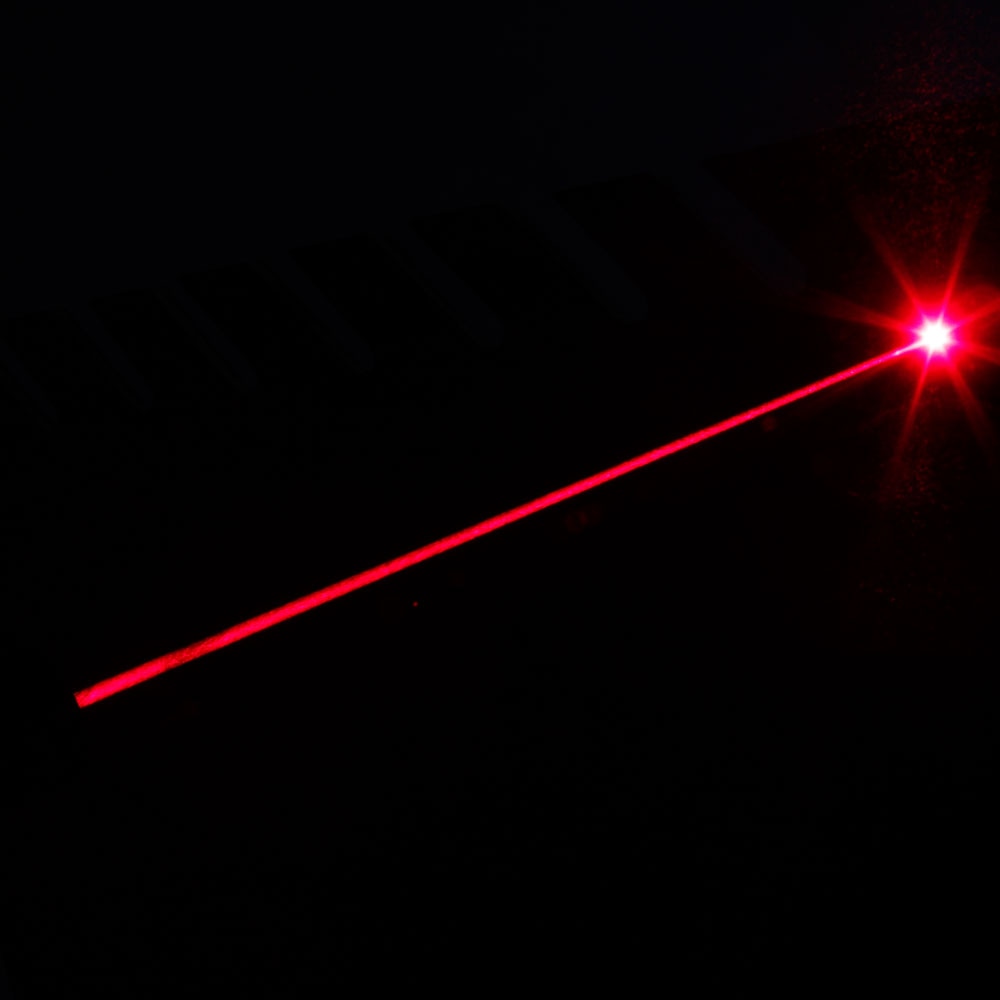How does it work? “Laser” is an acronym for light amplification by stimulated emission of radiation. A laser is created when the electrons in atoms in special glasses, crystals, or gasses absorb energy from an electrical current or another laser and become “excited.” The excited electrons move from a lower-energy orbit to a higher-energy orbit around the atom’s nucleus. When they return to their normal or “ground” state, the electrons emit photons.
The laser beam is emitted from a laser tube when a current passed through it, this reflects off mirrors to point the beam through a focal lens in the machine head. The lens focuses the beam onto a point on the surface of a flat sheet material, melting, vaporizing or burning the material at that point and moving along the cutting line as dictated in the vector file that the machine has been provided with. This melting and vaporization of the material, especially with plastics leaves a melted, almost polished edge, requiring little to no finishing, depending on the finished purpose. Laser light is different from normal light in other ways as well. First, its light contains only one wavelength (one specific color). The particular wavelength of light is determined by the amount of energy released when the excited electron drops to a lower orbit. Second, laser light is directional. Whereas a laser generates a very tight beam, a flashlight produces light that is diffuse. Because laser light is coherent, it stays focused for vast distances, even to the moon and back.
1 Comment
|


 RSS Feed
RSS Feed
